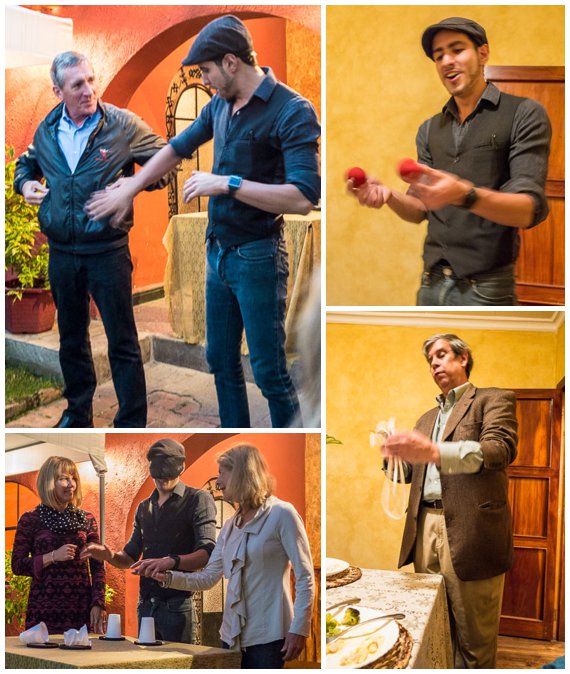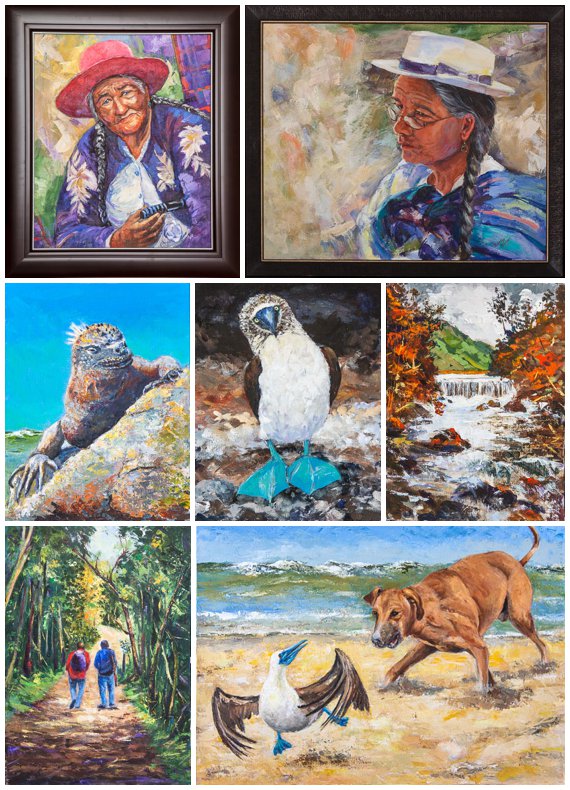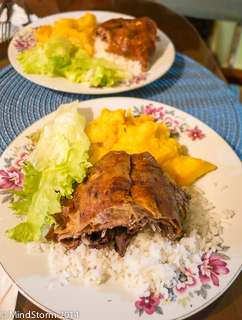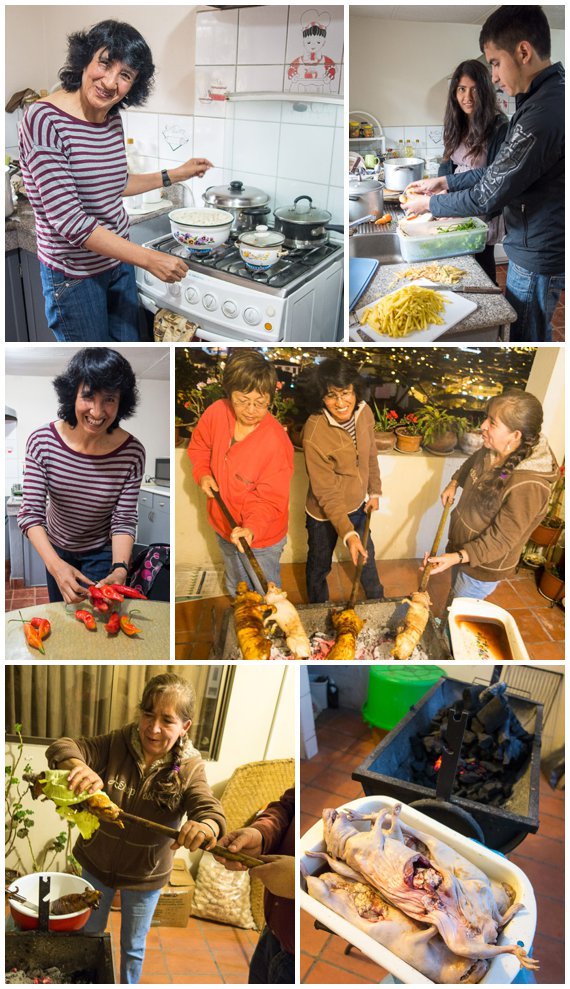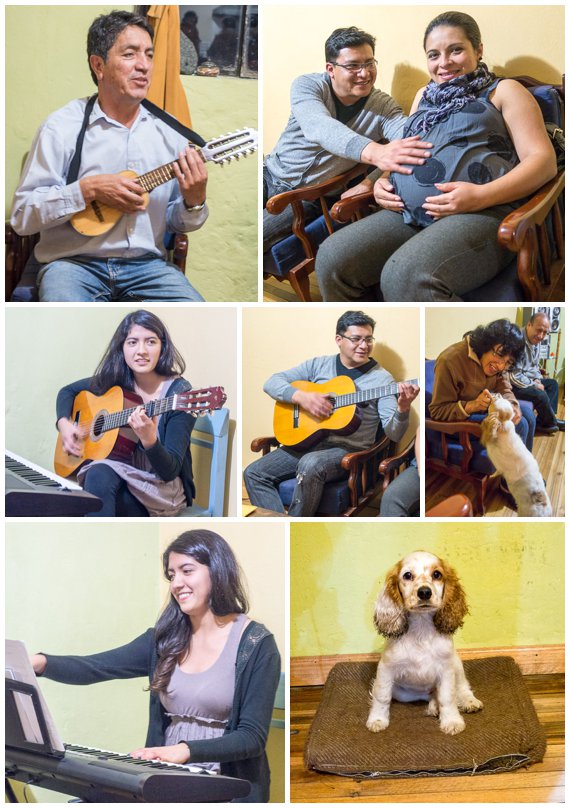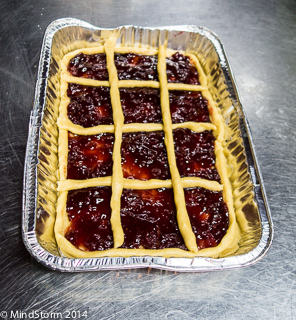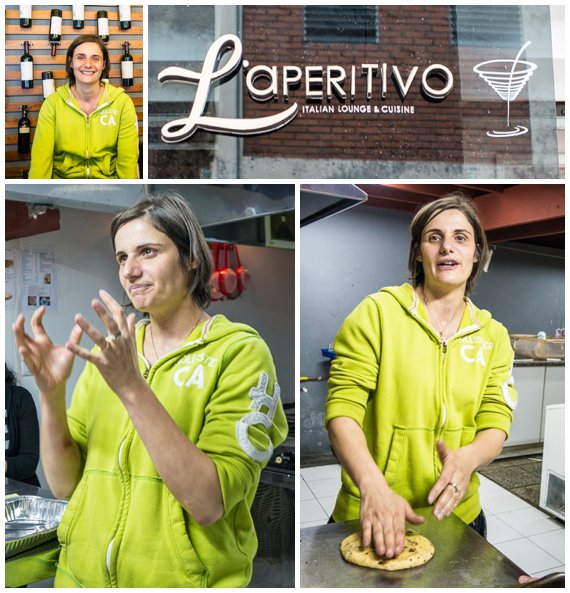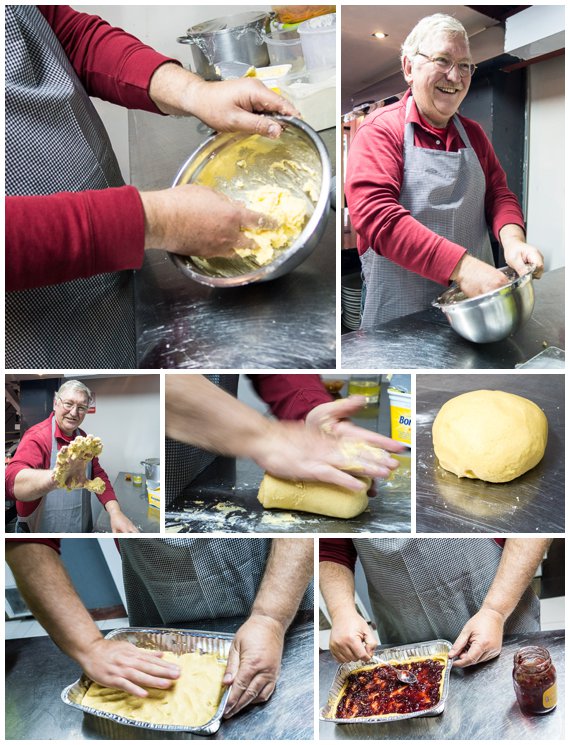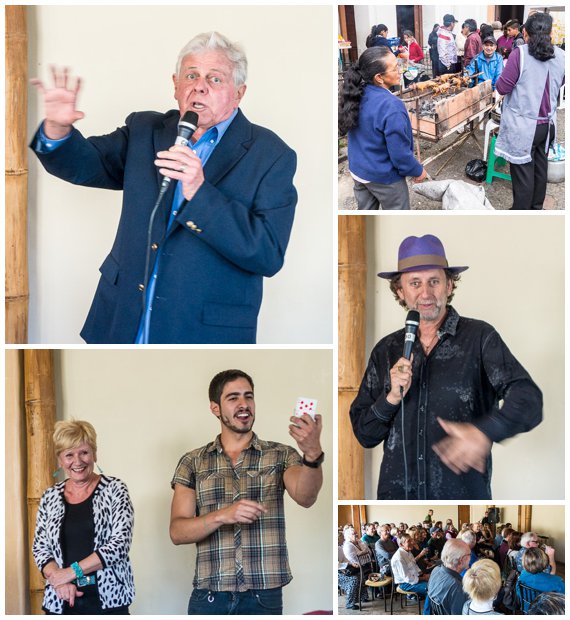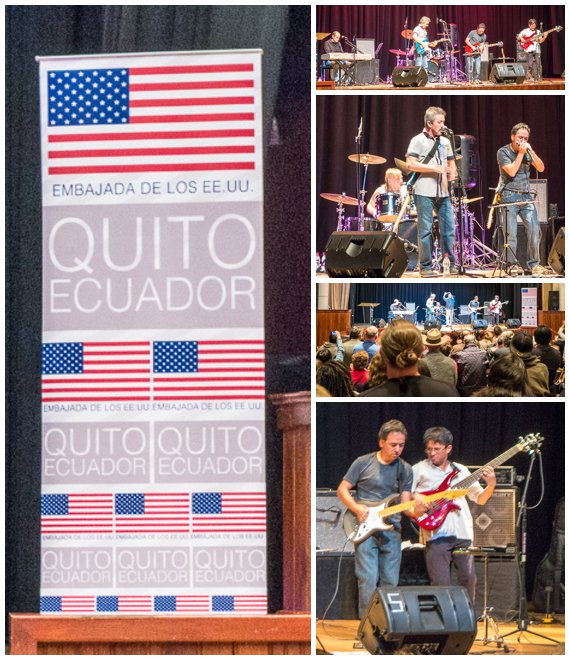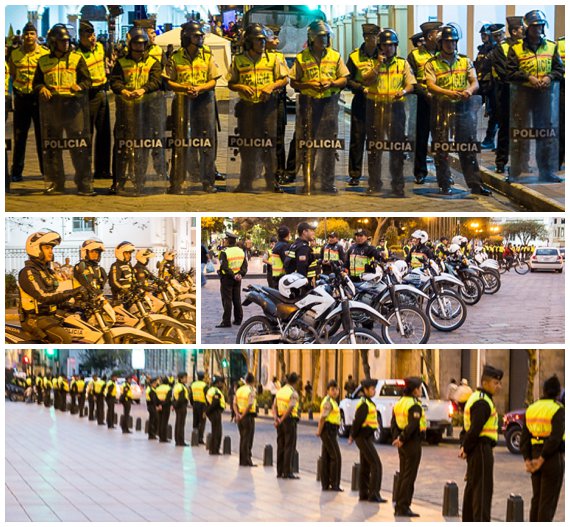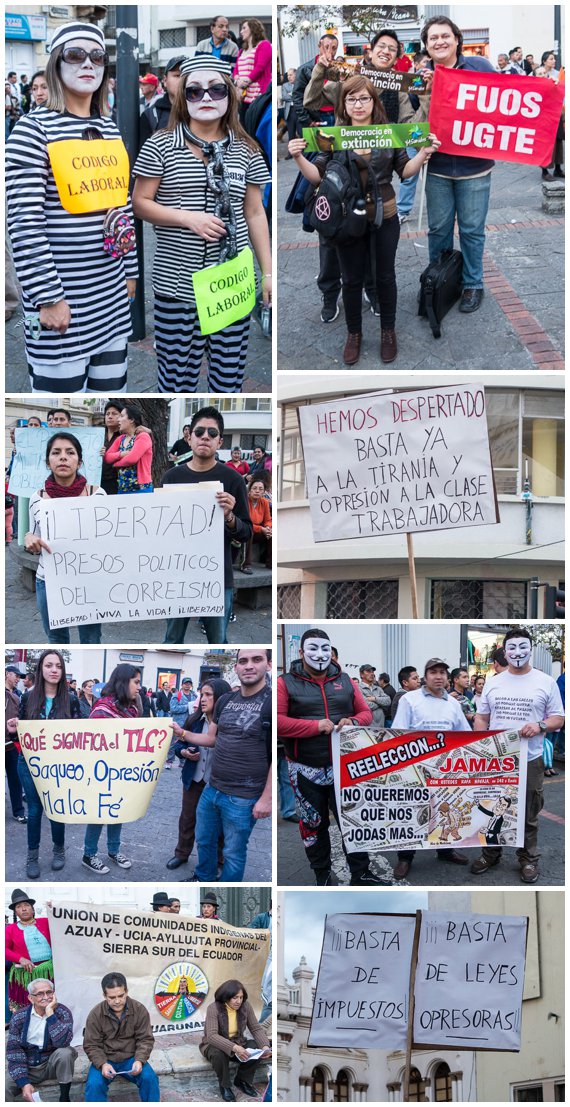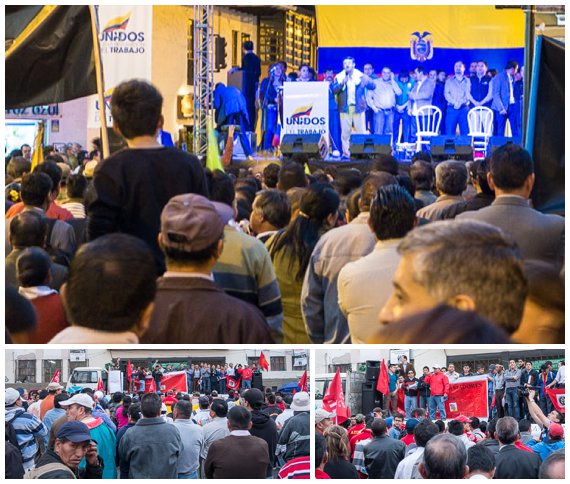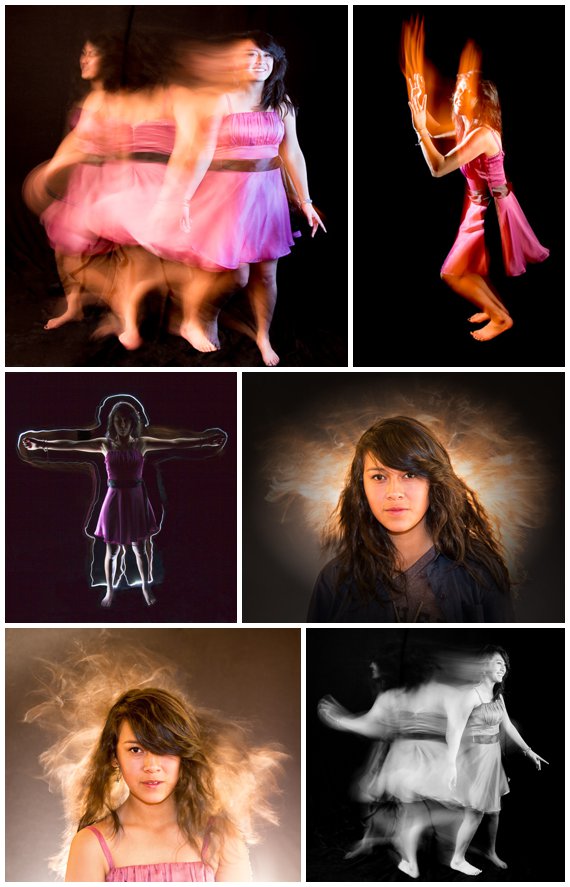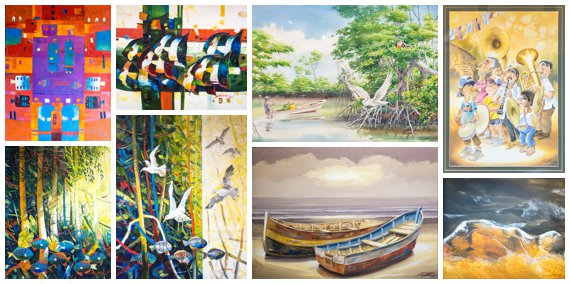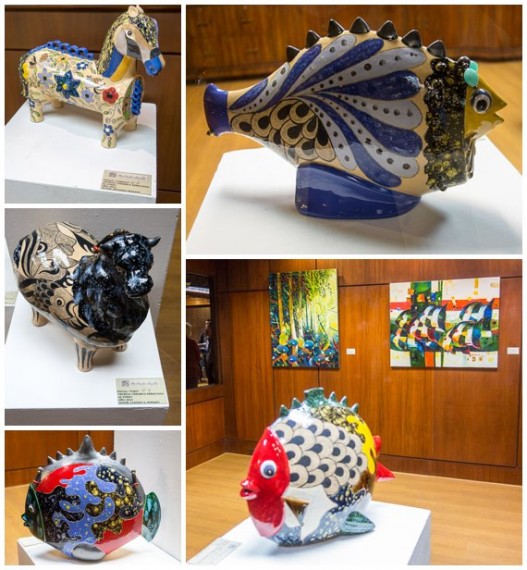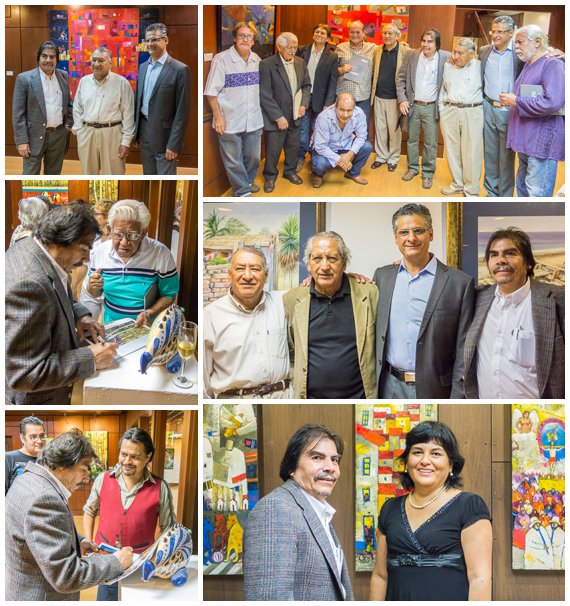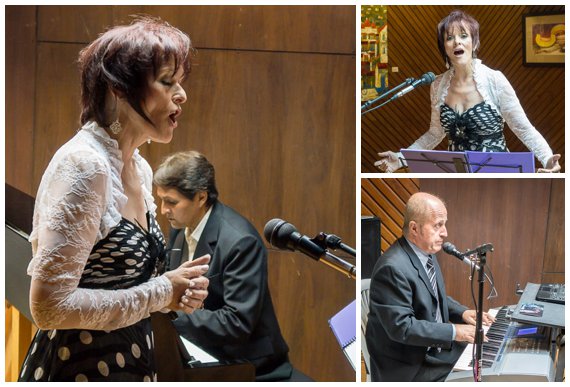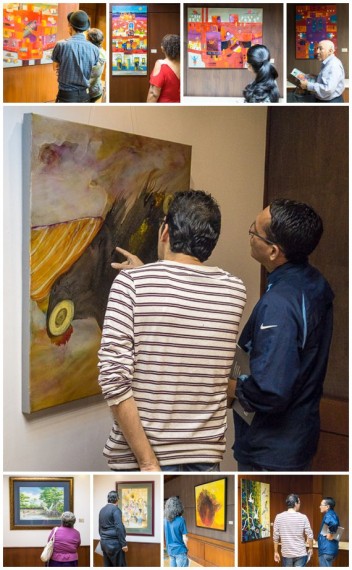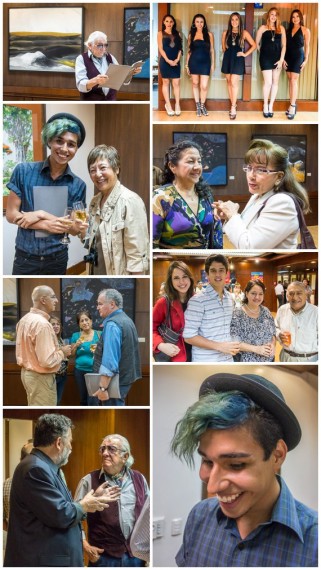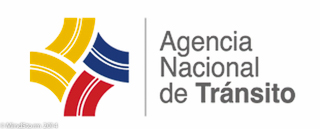Tomorrow marks our one year anniversary since we officially moved to Ecuador. In that time, we have become a bit jaded. With so much to do every week (and most nights), we often hear or read about an event, then ask each other “so you want to go?” The answer is often becoming “it looks like it might rain, it’s cold outside, and <enter your own excuse here>.” As a result, though we are now more connected and hear about more events, we no longer have the urgency to see and do everything in this magical city.
Tonight was a special event we did not want to miss though. Juan Alvarez Estrella is the only South American member of the prestigious Magic Circle based in London, and has performed more than 600 “close-up magic” shows around the world. We had seen one of his performances a while ago at Cork Proctor’s comedy show, and loved his stage presence.
The night opened with a half-hour show by Juan with a variety of tricks. He always includes volunteers from the audience, and his magic performance was no more than three feet from my seat. Yet, I never once figured out how he was doing it, so clearly it was magic! 🙂
After the show was dinner at the Paladar restaurant. Soup and dessert were delicious, though I am afraid I can’t say the same for the main course… During dinner, Juan came around to each table to perform more in-your-face magic that left you wondering about the true physics of nature! Bob Higgins had earlier acted as master of ceremony, and showed up at each table with his own display of magic. Though his tricks were more “standard fare,” his execution was flawless, and left the table gasping at how well he pulled them off.
All in all, an excellent way to end our first year in Ecuador. Happy Anniversary To Us! 🙂
